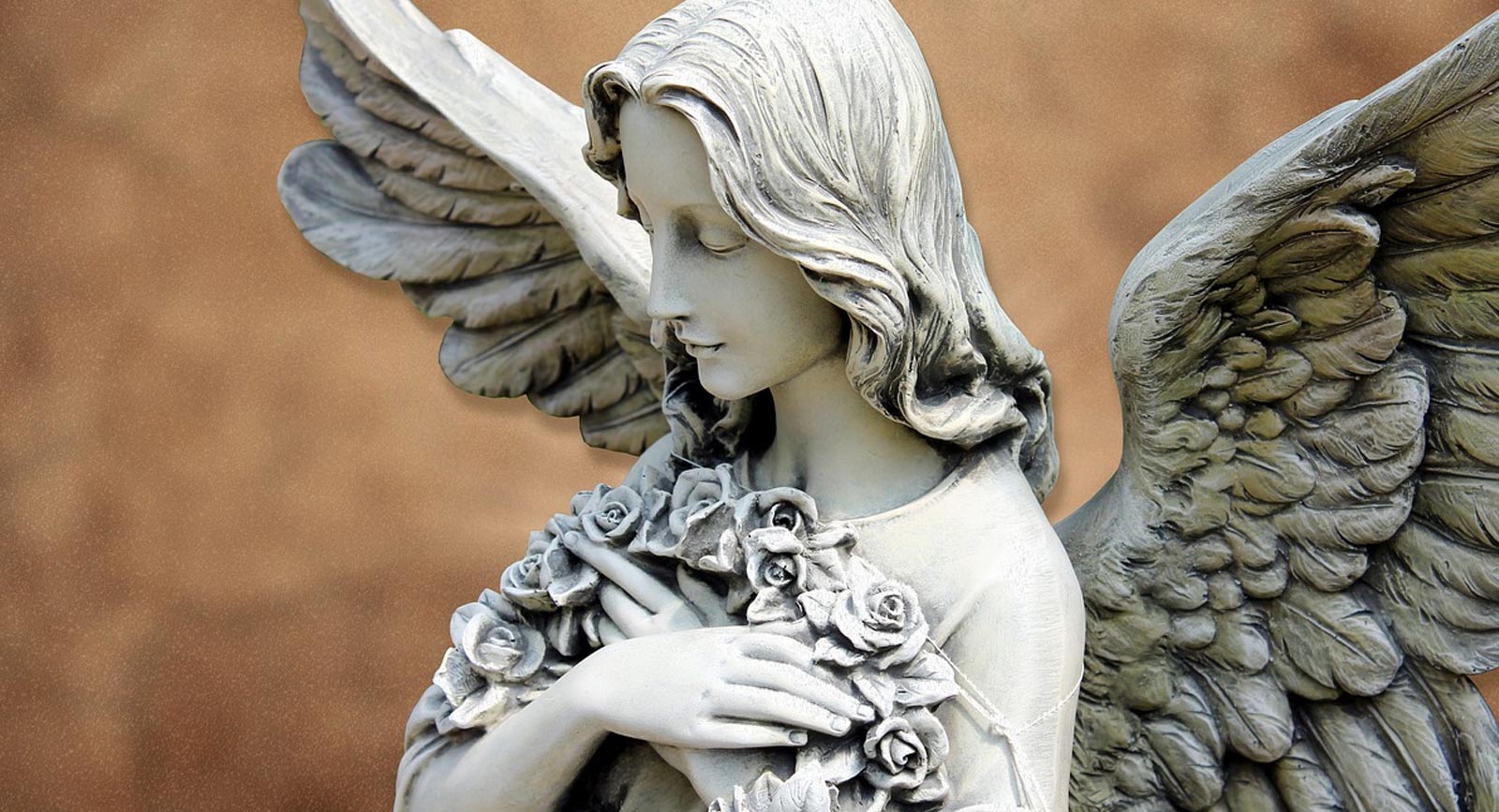
Sculpture has been an art form for thousands of years. It dates back to ancient civilizations such as the Greeks, Egyptians, and Romans. Over the past centuries, sculpture has gone through a lot of changes and developments. This led to the evolution of modern sculpture that we know today. The way modern sculpture evolved from the Renaissance to the present day is truly interesting.
Sculpture during the Renaissance era
The Renaissance era was a time of great artistic growth and achievement. This was also observed in the sculptures created during those days. During this time, artists began to move away from the rigid, formulaic style of the medieval period. They focused instead on creating realistic, lifelike figures.
Among the most famous Renaissance sculptors was Michelangelo, who created masterpieces, such as ‘David’ and ‘Pieta’. These sculptures were characterized by their amazing details, lifelike expressions, and careful use of light and shadow in them.
The Baroque period
After the Renaissance era came the Baroque period. It was characterized by a more flamboyant and theatrical style of sculpture. Among the popular Baroque sculptors was Gian Lorenzo Bernini. He created elaborate and highly detailed works.
They often featured exaggerated gestures and dramatic poses. Among Bernini’s famous sculptures is ‘Ecstasy of Saint Teresa’, which depicts the saint in a moment of religious ecstasy.
The Neoclassical period
A reaction against the excesses of the Baroque period, the Neoclassical sculptures were created in the mid-18th century. The sculptors during this period tried to emulate the classical Greek and Roman styles of sculpture. As a result, they came up with sculptures that were simple and beautiful with great clarity.
Antonio Canova was one of the most renowned Neoclassical sculptors. He created some famous works, such as ‘Three Graces’ and ‘Psyche Revived by Cupid’s Kiss’.
The development of modern sculpture
The modern sculpture movement began in the late 19th century and continued into the 20th century. During this time, artists began to experiment with new materials, such as metal and plastic. New techniques, such as abstraction and surrealism were also developed.
One of the most famous modern sculptors was Constantin Brancusi. He created some brilliant works in sculpture, such as ‘Bird in Space’ and ‘The Kiss’. These sculptures were characterized by their abstract, minimalist style and their use of simple, geometric forms.
Another important movement in modern sculpture was pop art, which emerged in the 1950s and 1960s. Pop artists, such as Claes Oldenburg and Jeff Koons, came up with sculptures that were inspired by popular culture. Oldenburg created sculptures of hamburgers and other food items, while Koons created sculptures of balloons and other toys.
Later years
In the 1960s and 1970s, a new movement in sculpture emerged known as minimalism. Minimalist sculptors, such as Donald Judd and Dan Flavin, created works characterized by their simplicity and repetition. They also used industrial materials. These sculptures often consisted of geometric shapes, such as boxes or fluorescent light tubes.
Sculpture in recent times
Over the past few years, there has been a growing interest in installation art. An individual can experience such sculptures only in a specific location. Installation artists, such as Olafur Eliasson and James Turrell, use installation art to create some immersive environments.
They invite the viewer to become a part of the artwork. These installations often use light, sound, and other sensory elements to create a unique and engaging experience for the viewer.
